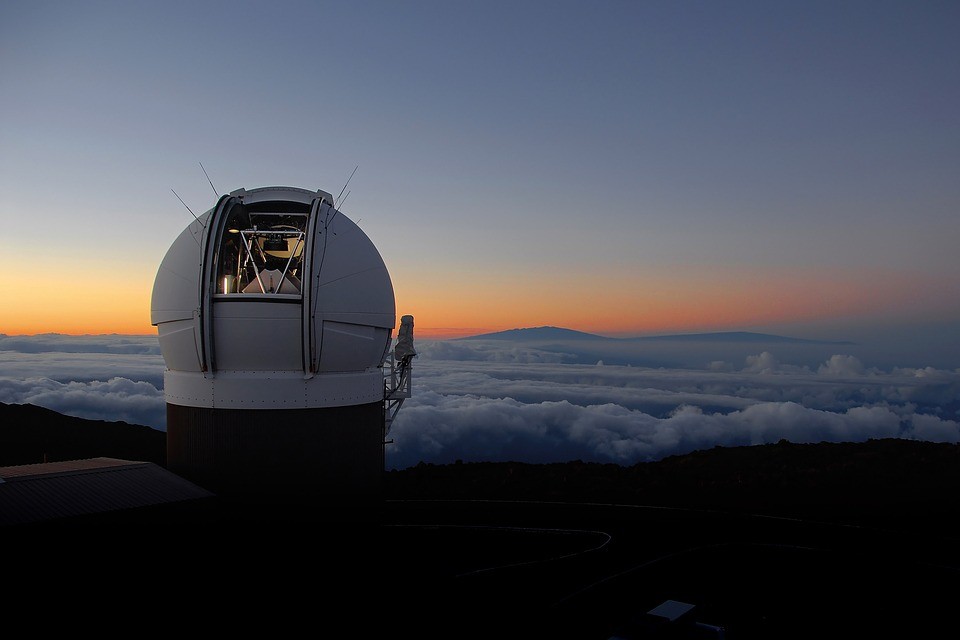Two young Indian women have made an exceptional discovery as part of a project in partnership with NASA. The duo shed light on a new asteroid heading towards our planet. However, no need to worry since the object will not risk hitting the Earth for a very long time.
Vekariya and Radhika Lakhani are fourteen-year-old sisters from the state of Gujarat (India). They participate in a program set up by Space India and the United States Space Agency (NASA). This project allows students to analyze images captured by the Pan-STARRS telescope located at the top of the Haleakalā volcano, on the island of Maui in Hawaii (United States).
In June 2020, the two sisters discovered an unknown near-Earth asteroid currently orbiting around the planet Mars . For now, the object is called HLV2514 , pending NASA confirmation of its orbit. However, this could take a few years. After this verification, the two girls can rename it as they wish. Meanwhile, SPACE India confirmed the news in a tweet posted on July 25, 2020 (see below).
You should know that HLV2514 is heading towards Earth. However, there would be no fears to have concerning this asteroid since it does not represent any danger. The fact that the object will not approach our planet for about a million years ! In any case, NASA has confirmed that it was indeed a major discovery.
“We started the project in June and returned our analysis a few weeks ago to NASA. On July 23, they sent us an email confirming that we had identified a near-Earth object,” said Vekariya Lakhani in a CNN article. The girl also said she plans to become an astronaut when she grows up.

Commissioned in December 2008, the Pan telescope -STARRS is under the responsibility of the University of Hawaii. In 2011, this facility led to the discovery of comet C/2011 L4 (PANSTARRS). The telescope also made it possible to discover (469219) Kamo‘oalewa in 2016, a quasi-satellite of the Earth, but especially 1I/ʻOumuamua in 2017 , a small interstellar body that could be the fragment of a super-Earth.